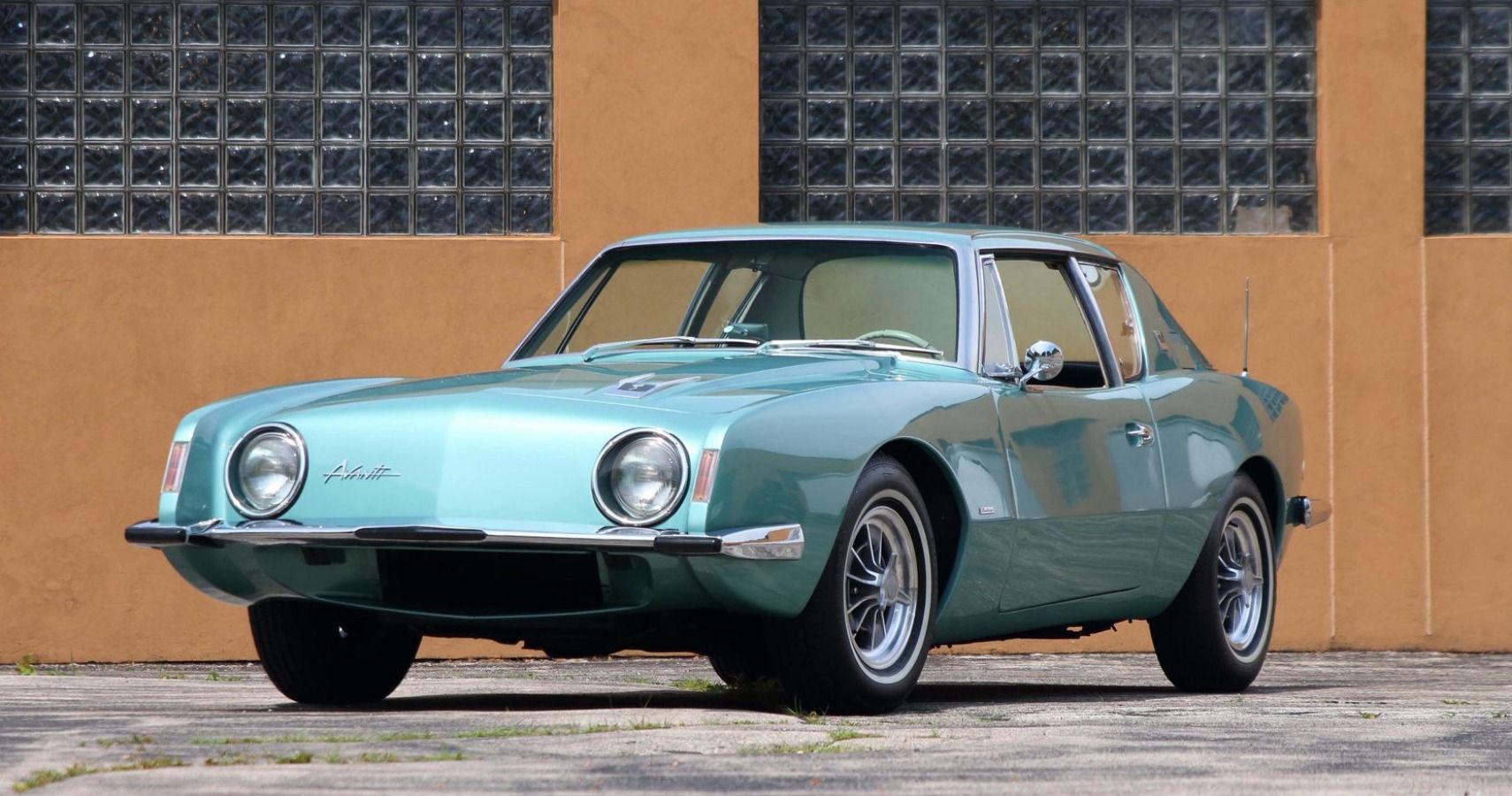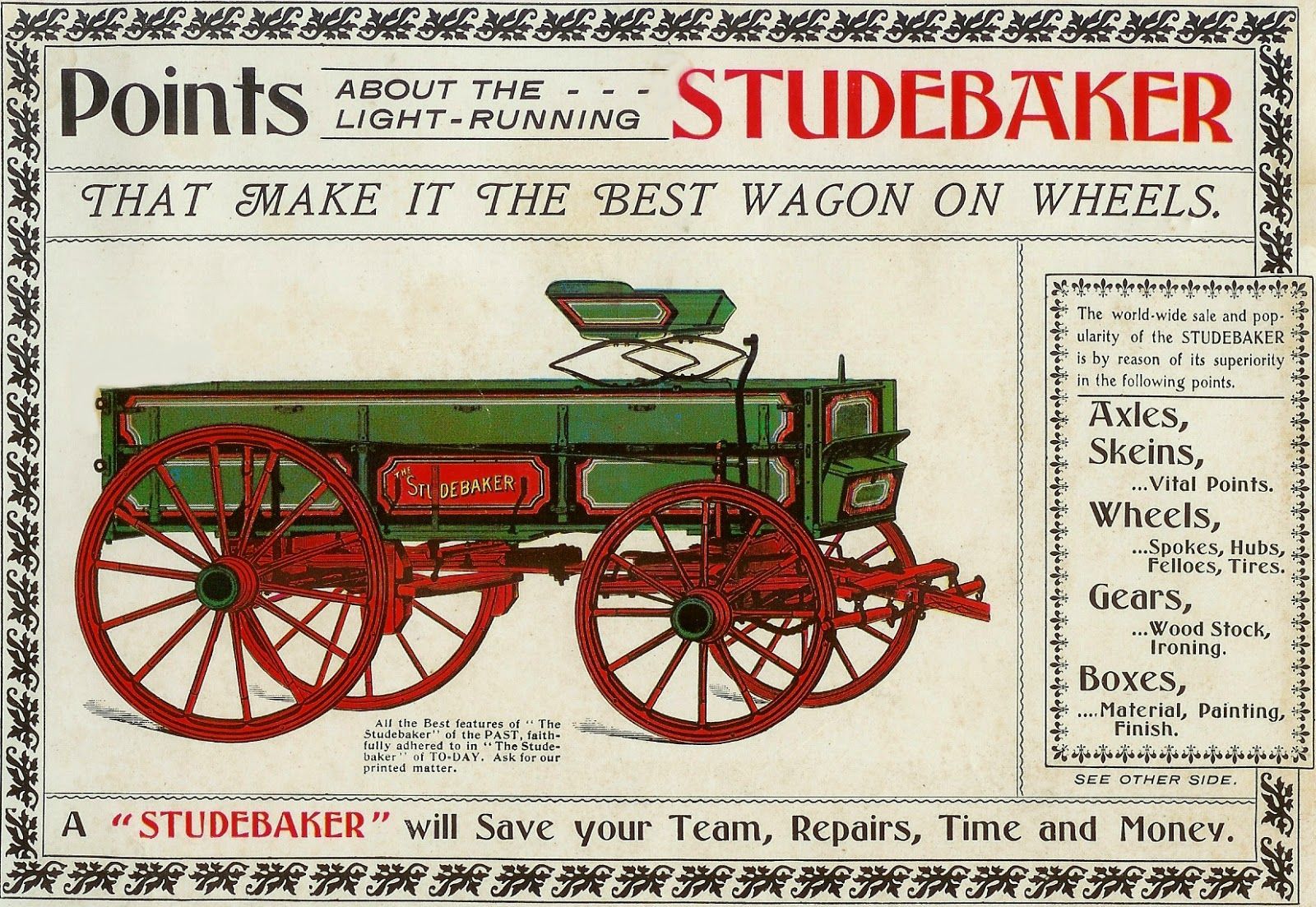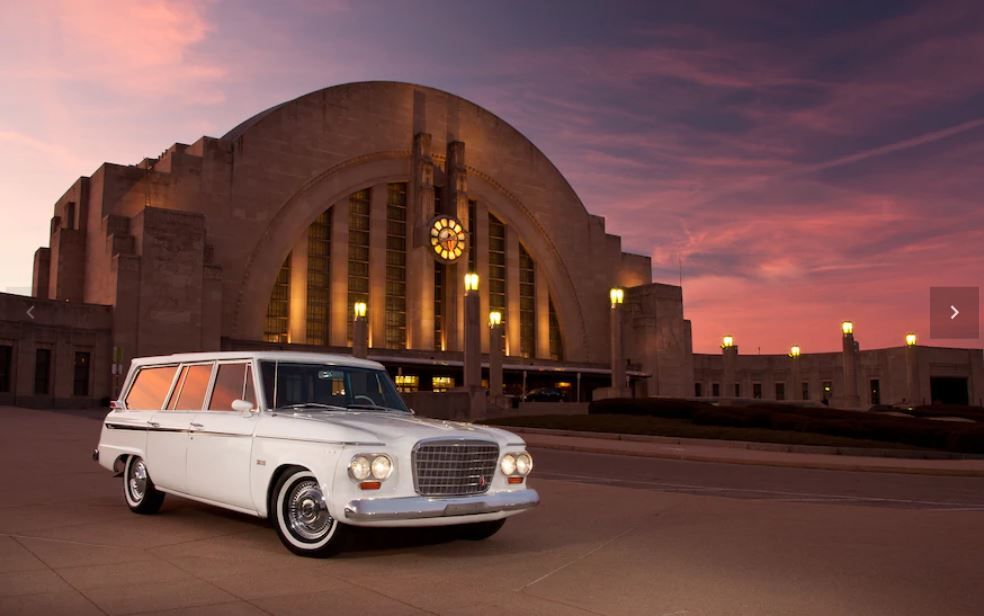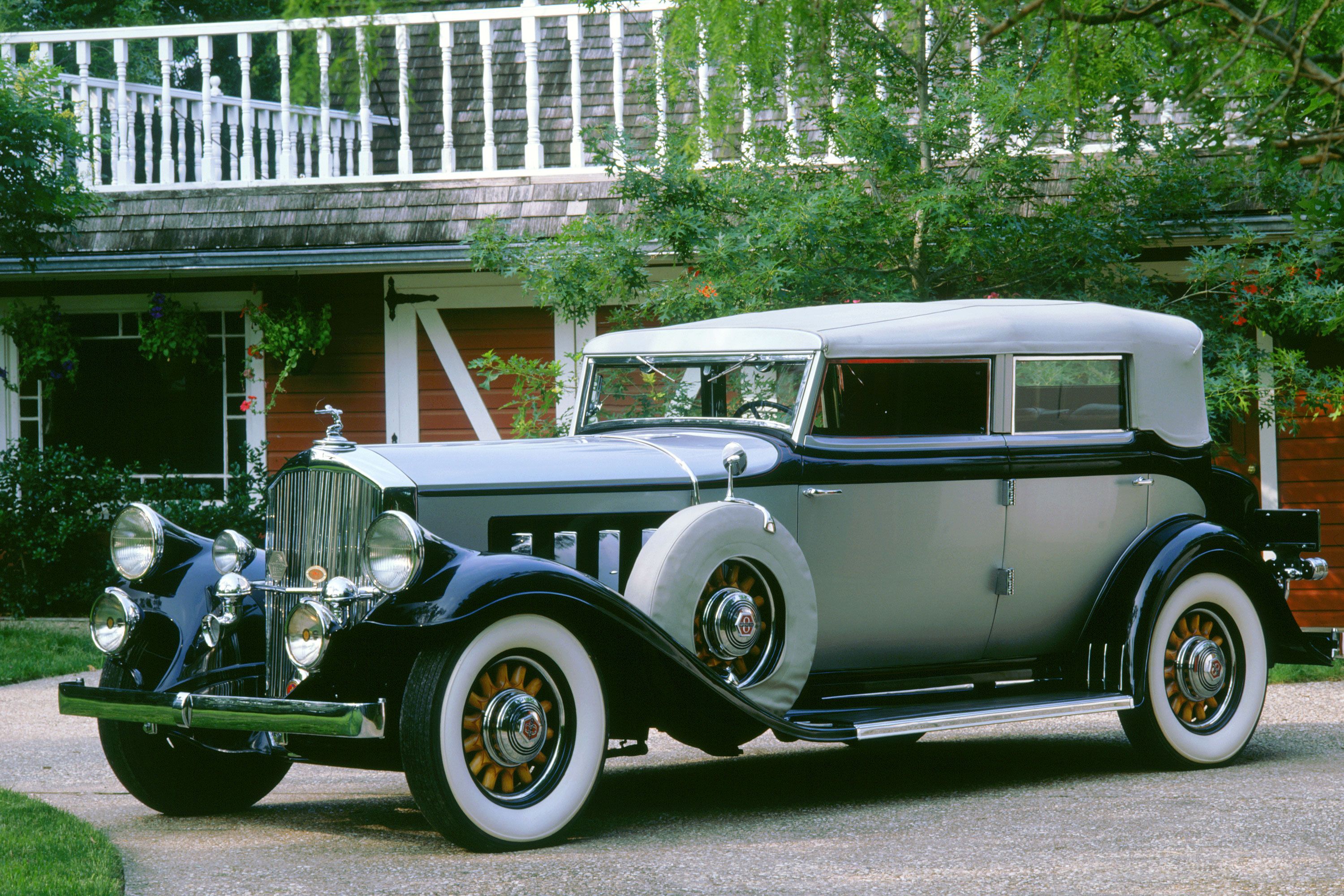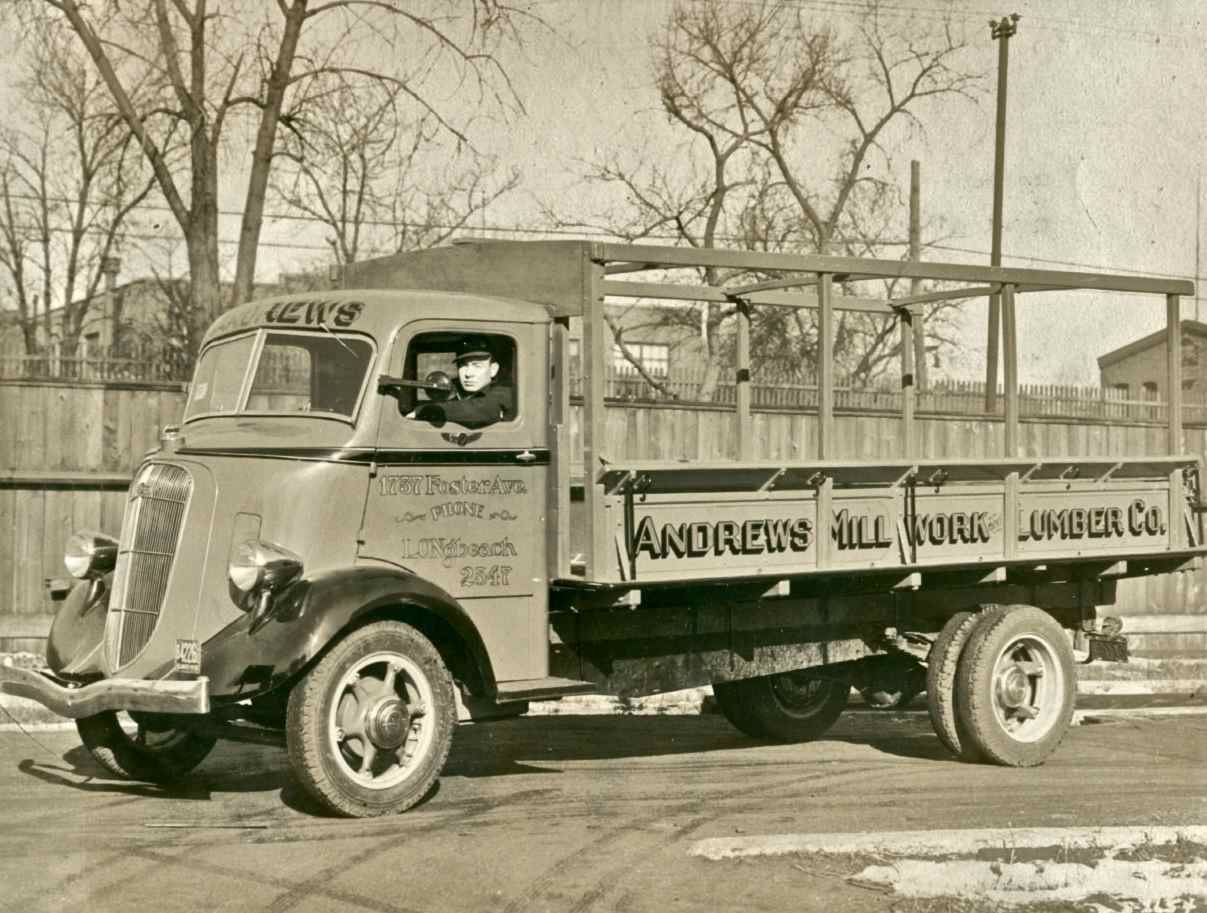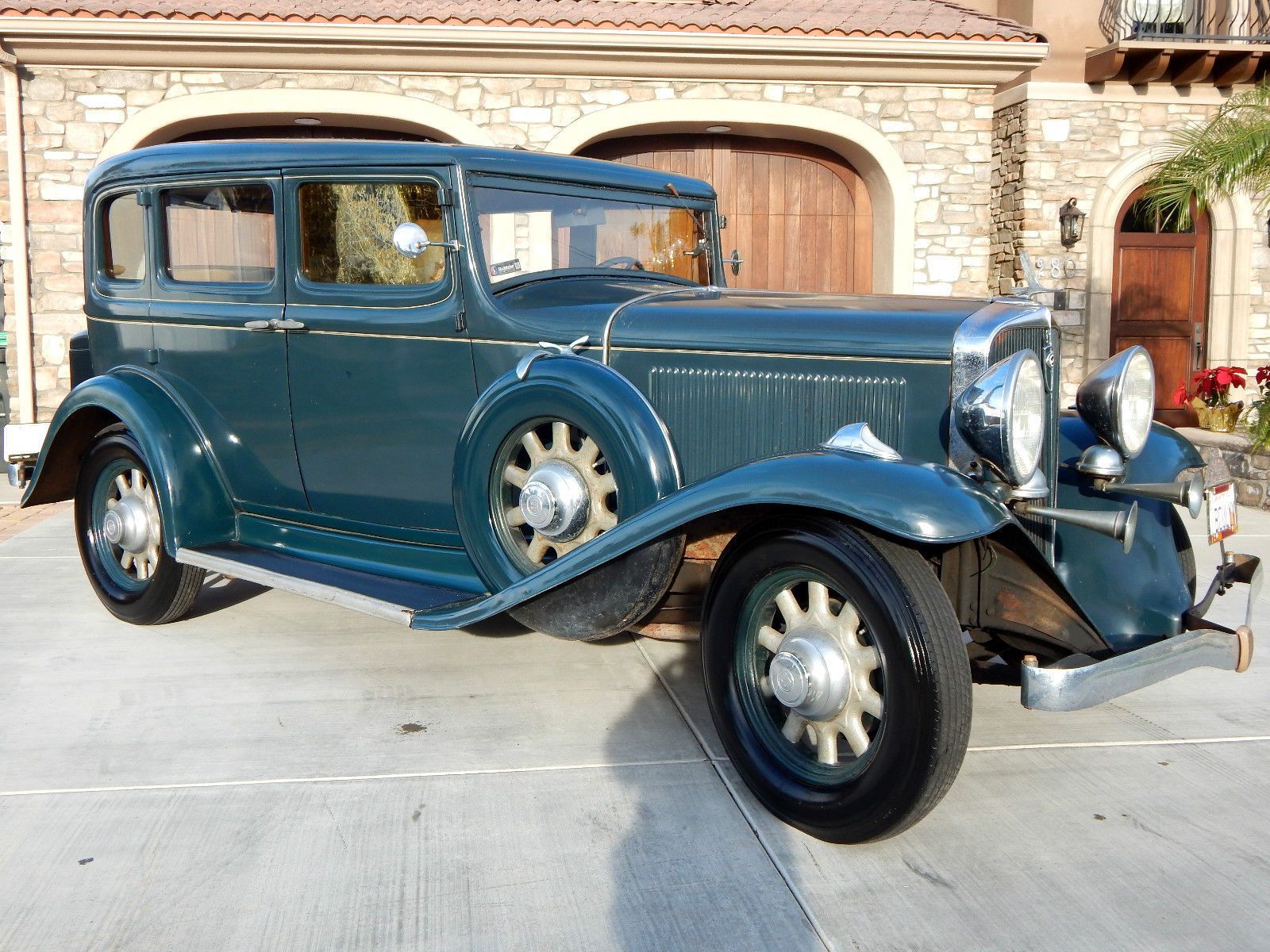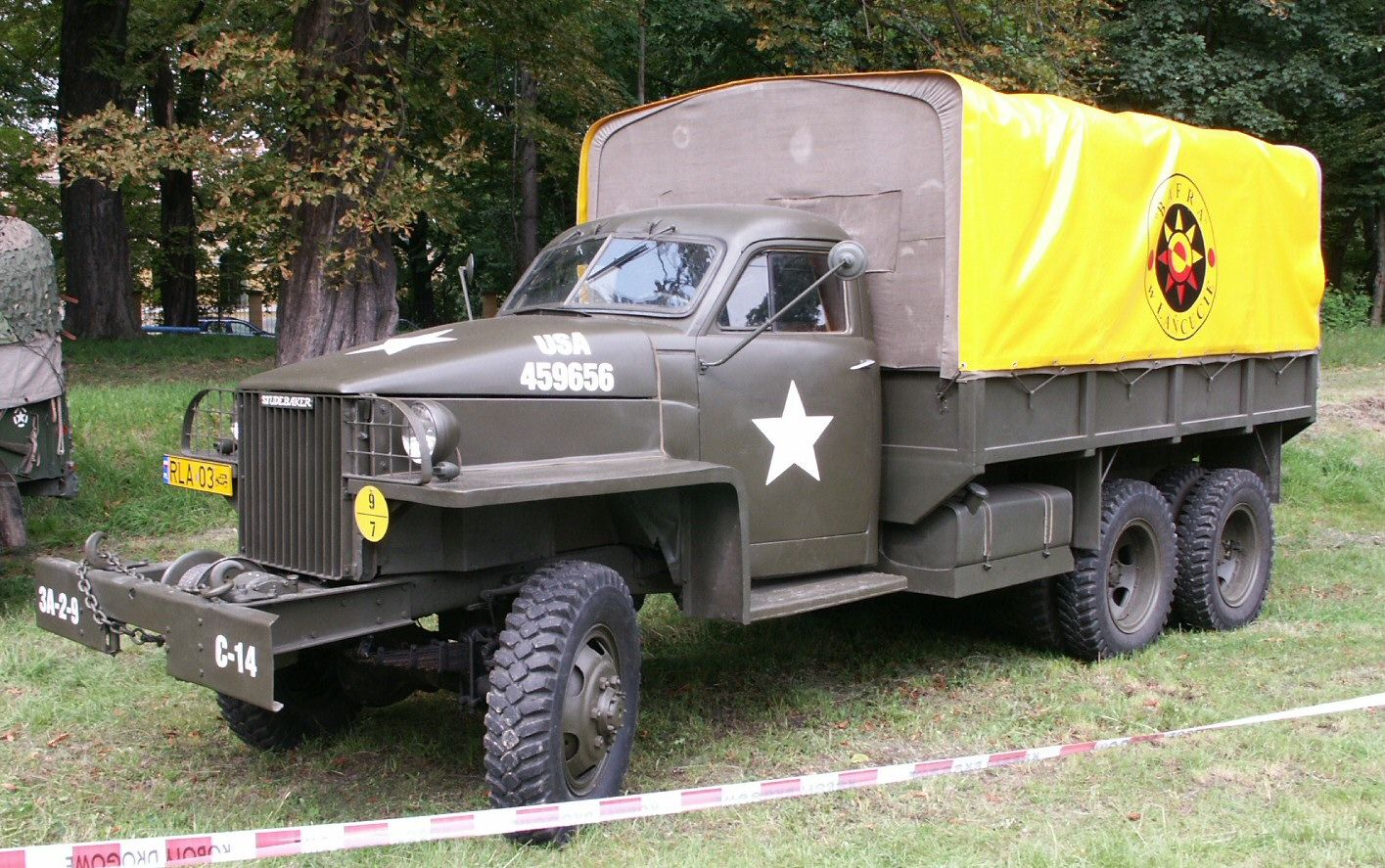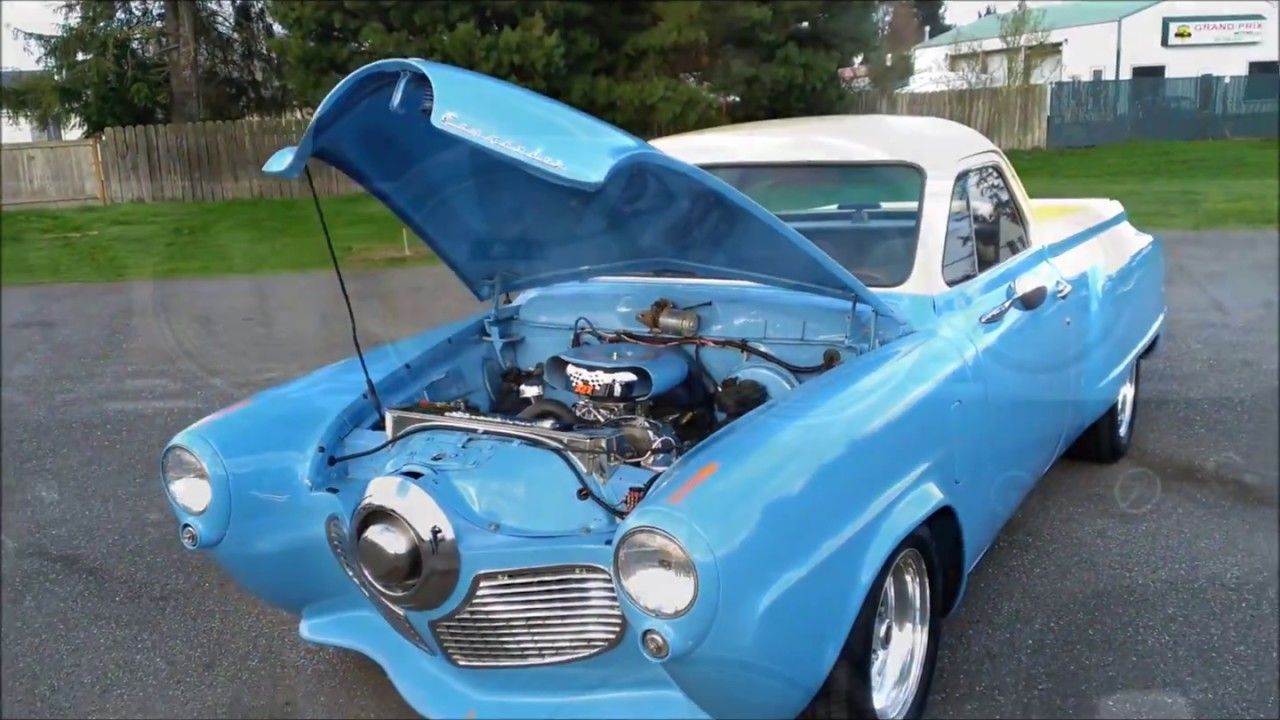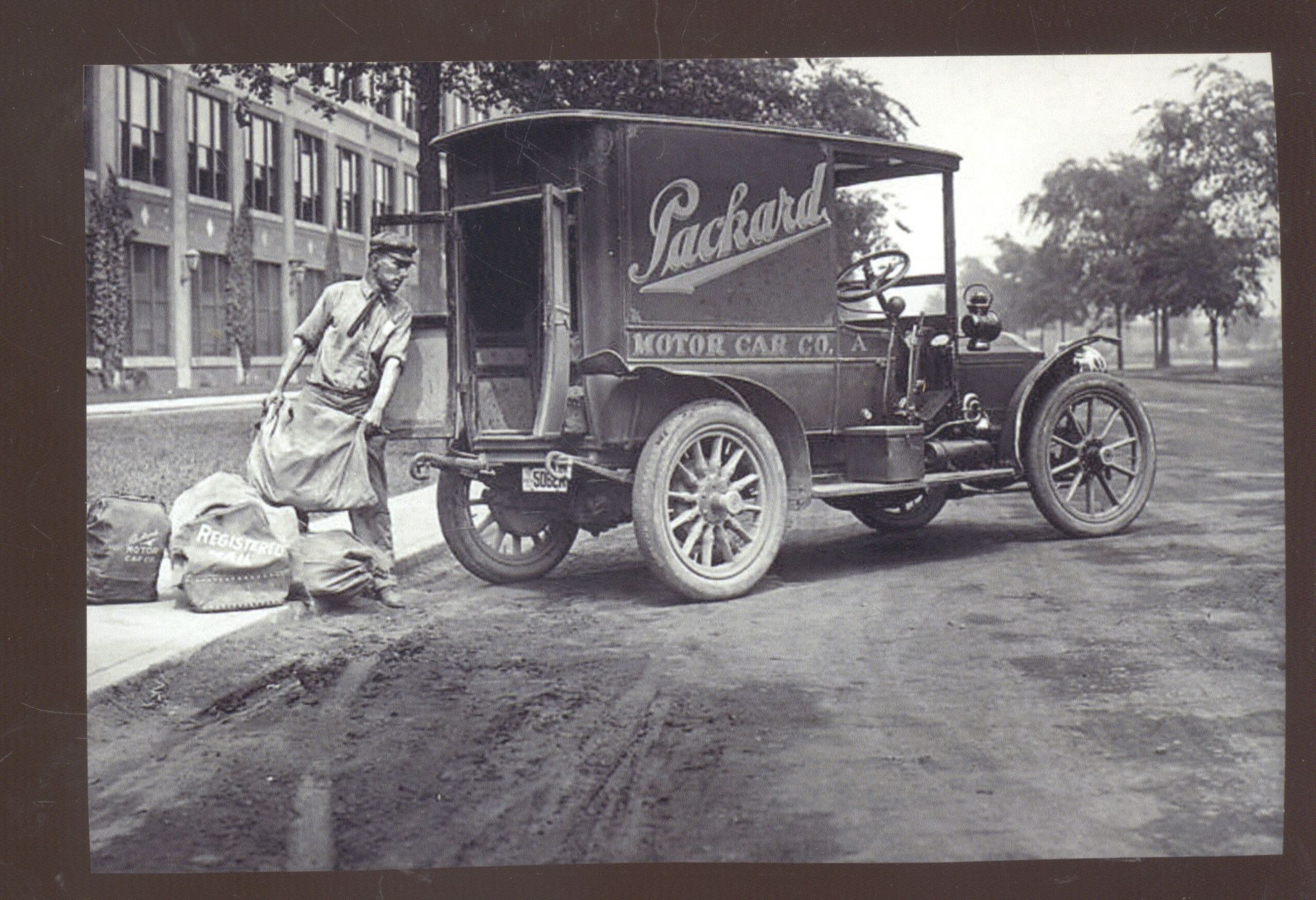Studebaker Motor Company was in business for some time before they finally closed their doors back in 1966. They were there at the start of the era of motor vehicles and their legacy continues to live on today. Studebaker owners feel privileged to have a piece of history and cherish it like nothing else in the world.
There are some facts about this company that everyone should know. It is an integral part of our history as a nation and for the beginning of the car industry itself. Keep reading to learn ten things you didn't know about the Studebaker Motor Company!
10 10. They Were In Business For 114 Years
This company began back in 1852 with the creation of world-class horse-drawn farm wagons. They even made wheelbarrows and other helpful tools that suited those looking to participate in the California gold rush.
Eventually, their wagons were used to aid troops in the Civil War effort. It wasn't until 1902 when they produced their very first all-electric car, and then in 1906 they officially entered the industry with a gasoline-powered vehicle. They finally met their demise in 1966 when they failed to continue competing with other modern-day brands.
9 9. In 1963 They Moved Their Plant To Canada
The original factory was located in South Bend, Indiana, and part of their time was even spent in Detroit, but their final resting place was elsewhere. They ended up moving their factory to Canada in 1963 as part of a last-ditch effort to save the failing company.
They discontinued some of their more popular vehicles like the Avanti and Hawk, and only created the Lark during this time. It's obvious this plan didn't work out as the factory closed its doors only 4 years later in 1966.
8 8. They Bought Out Several Companies
Studebaker might have gone bankrupt in the end, but there was a time during their long car production history when they truly prospered. They bought both the Everitt-Metzger-Flanders Company in 1911 and Pierce-Arrow Motor Company in 1928.
The first company they bought helped jumpstart their production as it was located in Detroit, but from 1920 and on they built all of their cars in their hometown of South Bend, Indiana. Their connection to the Pierce-Arrow Motor Company was shortlived, partly because they were located in Buffalo, New York and partly due to the effects of the Great Depression.
7 7. The Company Entered Receivership In 1933
We mentioned before that the Great Depression was hard on this car manufacturer, but it was an integral part of its eventual bankruptcy. The company entered into receivership in 1933, which everyone knows never ends well.
Receivership means that the Studebaker was close to bankruptcy and owed a loan company a lot of money. The loan company, in turn, gives one of their trustees full control over the company's assets and future decisions to help it turn a profit. Luckily, the company was kept from folding, but it was never the same following this turn of events.
6 6. They Built Trucks For 34 Years
You are probably familiar with the trucks created by companies like Ford, Chevrolet, and Dodge, but Studebaker was also in on the truck business starting way back in 1929. They built transport trucks, pickup trucks, diesel trucks, and a chassis for a firetruck.
Their most infamous truck was the 1939 Champion due to its low-cost and V6 engine. Trucks continued to roll off of the assembly line until 1963 when the plant in South Bend, Indiana, closed its doors.
5 5. They Had A Vehicle Named Dictator Until Hitler
This company had a car named Dictator until Hitler began to rise to power. Hitler turned Germany into a dictatorship in 1933, but it wasn't until 1937 that Studebaker dropped the name due to the negative association with Hitler. The company felt they had to change the name because of the connotations associated with it.
The American people had known of Mussolini before the rise of Hitler, but he drove a stake through the heart of the name during his reign. They ended up switching it back to Commander, which had been recently dropped from the line in 1935.
4 4. This Company Was Involved In WWII
There was a lot of money to be made during World War II for car manufacturers, and Studebaker jumped right on the bandwagon with the rest of them. They created military trucks, aircraft engines and something they liked to call the M29 Weasel.
This was a carrier that held both cargo and personnel, but it differed from other vehicles of the time as it was tracked and was developed to plow through snow. They even continued to make a buck off of their military vehicles after the war ended as they produced them on an as-needed basis.
3 3. They Were The First Independent Automaker To Produce The Overhead-Valve V8
The Commander saw an engine change in 1951 when Studebaker installed an overhead valve V8 beneath its hood. Cadillac and Oldsmobile were the first to make them, but Studebaker was at the front of the line for independent automakers.
Many others chose to buy this engine from one of the greats, and Studebaker decided it would be a better financial decision if they made it in-house instead. The 1951 Commander won the Mobilgas Economy Run which stretched 840 miles from Los Angeles to the Grand Canyon.
2 2. This Company Was Bought By Packard Motor Car Company in 1954
Packard Motor Car Company bought Studebaker in 1954 and created the Studebaker-Packard Corporation. Studebaker had been having a rough time and this seemed to be the way to pull them up from the ashes, but they were wrong. Other companies like GM, Ford, and Chrysler blew them out of the water with their new vehicles and their newly formed company didn't stand a chance.
They didn't turn a profit between 1954 and 1958 as the Packard vehicles took Studebaker interiors. The company didn't see any real progress until all Packard vehicles were discontinued in 1958 and Studebaker released the Lark in 1959.
1 1. The Avanti Was The First Production Car To Reach 170 mph
Consumers back then were looking to test the limits of cars, and the Avanti let them do that. It was the first production car in America to be released that could hit 170 mph on the roadway. Buyers loved it back in 1963 due to its gorgeous design and their need for high speeds.
Unfortunately, this particular car and engine were only in production for a short time due to them shutting their doors in Indiana and moving up to Canada, and it was symbolically the end of a great car manufacturing era.

